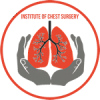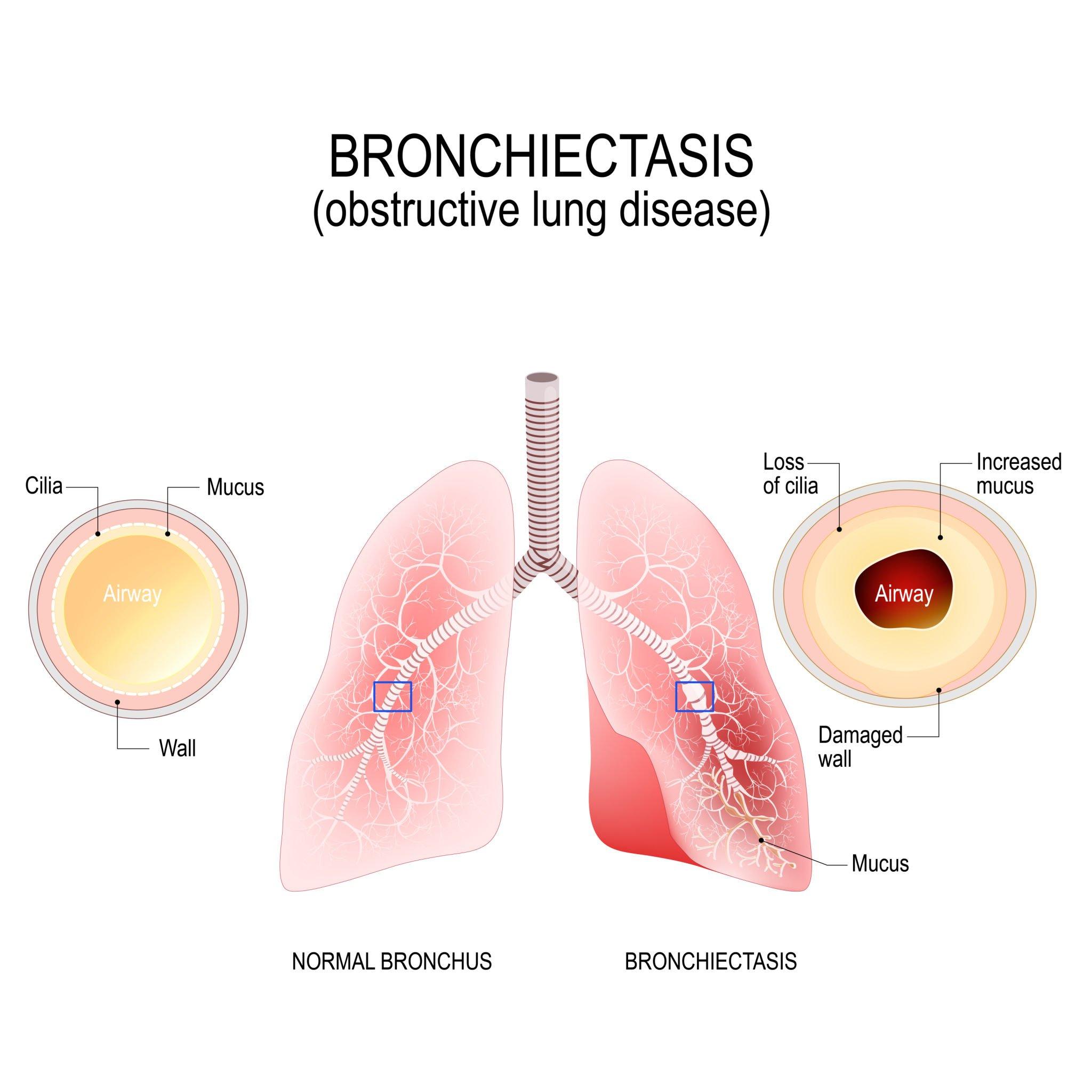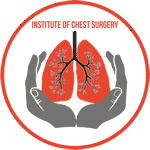What are the Different Stages of Esophageal Cancer?
Esophageal cancer is a formidable disease that affects the esophagus, the hollow tube that carries food and liquids...
+919999461292
MBBS | DNB (General Surgery, Gold Medalist) | DNB (Thoracic Surgery, Gold Medalist)
Thoracic & Lung Transplant Surgeon | Medanta – The Medicity, Gurugram

MBBS | DNB (General Surgery, Gold Medalist) | DNB (Thoracic Surgery, Gold Medalist)
Thoracic & Lung Transplant Surgeon | Medanta – The Medicity, Gurugram


Bronchiectasis is a chronic respiratory condition characterized by permanent enlargement and damage to the bronchi, the airways in the lungs. This damage impairs the airways’ ability to move air in and out and clear out mucus, leading to frequent infections and blockages. The hallmark symptoms of bronchiectasis include a chronic cough, copious amounts of sputum, repeated lung infections, and shortness of breath. Some patients may also experience fatigue, chest pain, and wheezing.
The diagnosis of bronchiectasis is typically confirmed through a high-resolution CT scan, which can detail the extent of airway damage. In addition, pulmonary function tests may be used to assess the impact on breathing. Treatment for bronchiectasis is multifaceted, focusing on managing symptoms, clearing mucus from the lungs, and preventing further infections with medications, physical therapy, and in some cases, surgery. Antibiotics are a cornerstone of managing acute infections, while bronchodilators and mucolytics may help improve airway function.
In severe or advanced cases of bronchiectasis, surgical resection of the affected lung segment may be considered, especially if the disease is localized and not responding to other treatments. Lung surgery aims to remove diseased areas of the lung to prevent the spread of infection to healthier parts. In the surgical management of bronchiectasis, Video-Assisted Thoracoscopic Surgery (VATS) plays a significant role, offering a less invasive alternative to traditional surgery with benefits such as reduced post-operative pain and faster recovery.
Dr. Mohan Venkatesh Pulle, with his specialized expertise in thoracic surgery, offers comprehensive care for patients with bronchiectasis. His approach combines cutting-edge surgical techniques with a deep understanding of the condition to enhance patient outcomes and quality of life. His experience in managing complex respiratory conditions makes him an invaluable resource for those suffering from the debilitating effects of bronchiectasis.
See, Bronchiectasis is condition where your airways become abnormally widened and damaged. Think of it like pipes that have become wider and damaged over time, making it difficult to clear mucus properly.
Well, to be honest, Bronchiectasis can’t be completely cured, but we can definitely manage it very well. With proper treatment, most patients live normal, active lives. Our goal is to prevent further damage and control symptoms.
This happens because damaged airways can’t clear mucus properly. Mucus stays trapped, creating a perfect environment for bacteria to grow. That’s why we focus a lot on airway clearance techniques.”
Treatment depends on the severity. Mild cases may resolve on their own, while more severe cases may require intervention. Options include observation, needle aspiration, chest tube insertion, or surgery to remove trapped air and stabilize the lung.
Surgery is required in a few cases of bronchiectasis. In cases where bronchiectasis is limited to one lobe of lung and disease not responding to the above conservative measures – then surgery offers a permanent cure in this situation.
It all depends on the extent of bronchiectasis. In cases where disease is limited to the lobe of lung – lobectomy (removal of that part of lung) will cure the problem. In cases where the disease involves 2 lobes, especially on the right side, bi-lobectomy can help the patient.
There are 3 methods to perform this surgery. Minimal access (Key hole) surgical techniques are VATS and robotic methods. We offer such key-hole techniques in such diseases in most of the patients. However, few cases might require open surgery in case of difficult cases.
Breathing exercises are very important part of treatment. We’ll teach you specific techniques like ‘Active Cycle of Breathing’ and ‘Postural Drainage’. These help clear mucus from lungs better.
Absolutely! In fact, exercise is very good for Bronchiectasis. Start with simple walking, swimming is also excellent. We’ll create proper exercise plan based on your condition.
Main triggers are smoking, dust, strong perfumes, and sudden weather changes. Also, try to avoid people with colds and flu.
Recovery timeline varies. After the endoscopic procedure, you might go home the next day. For surgery, usually 5-7 days in hospital. Full recovery takes 4-6 weeks. But breathing improves you’ll notice quite quickly.
Initially, we’ll need to see you every month. Once the condition stabilizes, every 3-4 months is sufficient. But if symptoms worsen, contact us immediately.
Most patients continue working normally. Just ensure your workplace isn’t too dusty or polluted. If needed, we can provide a letter to your employer about necessary accommodations.
Remember: Managing Bronchiectasis is a team effort between doctor and patient. Regular follow-up, proper medication compliance, and doing airway clearance exercises are key to staying healthy. Don’t hesitate to contact us if you have any concerns.
Esophageal cancer is a formidable disease that affects the esophagus, the hollow tube that carries food and liquids...
Esophageal cancer is a formidable and often challenging disease that affects the esophagus, the muscular tube that carries...
Esophageal cancer is a challenging and potentially life-threatening condition that requires timely diagnosis and appropriate treatment. When esophageal...
Esophageal cancer is a serious and potentially life-threatening disease that affects the esophagus, the muscular tube that carries...
Esophageal cancer is a formidable adversary that can silently develop within the esophagus, the muscular tube connecting the...
Esophageal cancer is a serious and potentially life-threatening condition that affects the esophagus, the muscular tube responsible for...
MBBS | DNB (General Surgery, Gold Medalist) DNB (Thoracic Surgery, Gold Medalist)
Thoracic & Lung Transplant Surgeon
Medanta – The Medicity, Gurugram
An esteemed thoracic surgeon, excels in minimally invasive procedures (VATS & Robotic surgery) for both benign and malignant lung conditions. With a stellar academic background and international training, he is dedicated to offering compassionate and expert patient care.

Website Engineered with ❤️ by GigaWebZone, a leading web development company.
Copyright © 2025 All rights reserved.
WhatsApp us